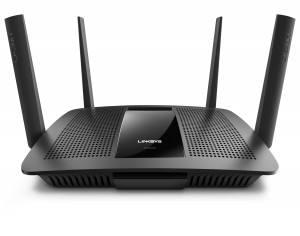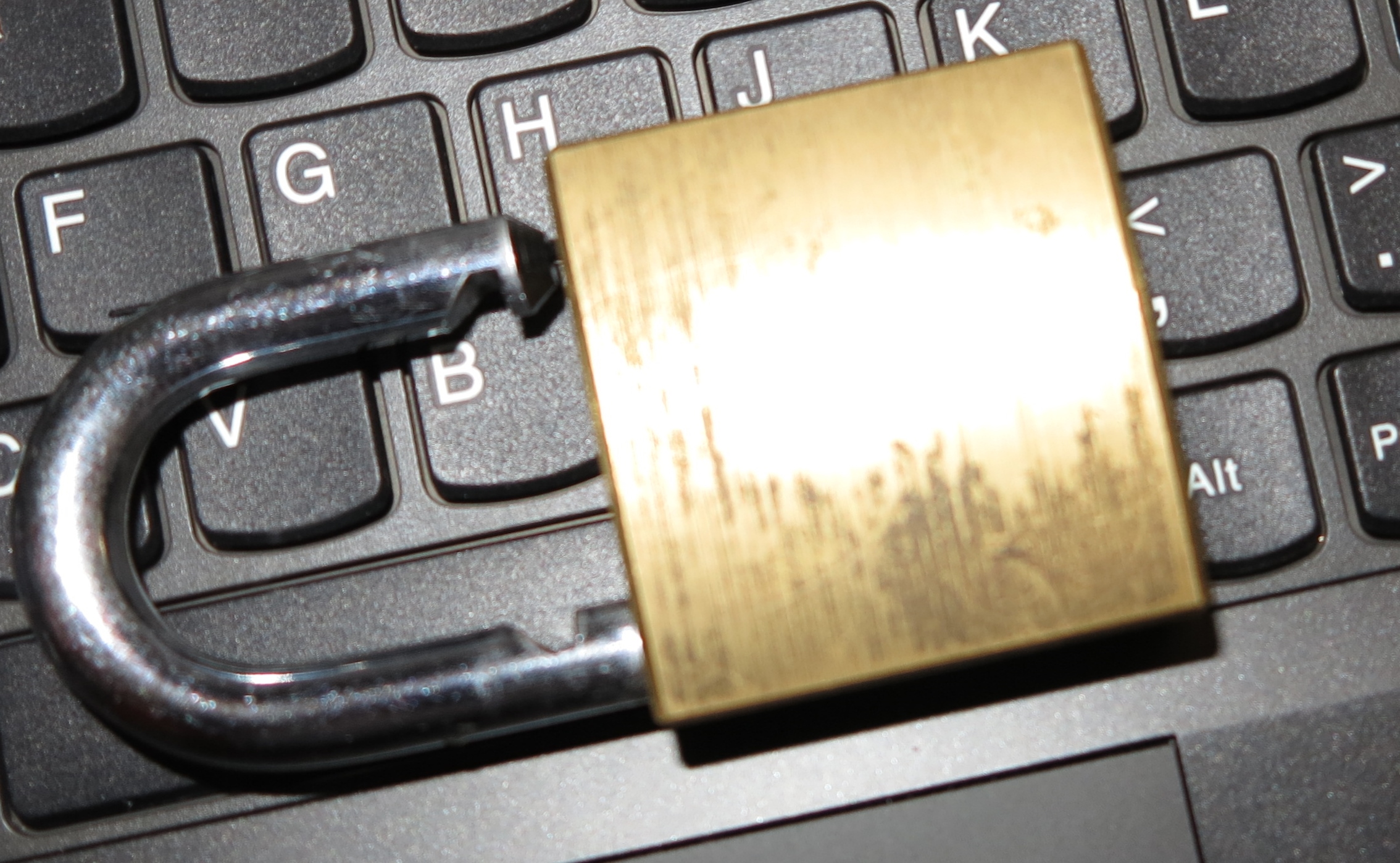Article

A tight healthy operating software update cycle can keeep routers and other devices from being part of botnets
Hacked Shopping Mall CCTV Cameras Are Launching DDoS Attacks | Tripwire – The State Of Security
My Comments
What is being highlighted now is that devices that are normally dedicated-purpose devices are becoming more sophisticated in a way that they are effectively computers in their own right. This was highlighted with some network video-surveillance cameras used as part of a shopping mall’s security armour.
What had happened was that these cameras were found to be compromised and loaded with malware so that they also are part of a botnet like what comonly happened in the 2000s where multiple computers loaded with malware were used as part of zombie attacks on one or more targets. In a similar way to a poorly-maintained computer, they were found to run with default passwords of the “admin – admin” kind and were subject to brute-force dictionary attacks.
The article’s author highlighted that there need to be work done concerning dedicated-purpose devices, whether they are the network-infrastructure devices like routers or devices that are part of the “Internet Of Everything”.
Here, the devices need to run constantly-updated software, which is something that is considered necessary if the device is expected to have a long service life. The best example would be some of the routers offered to the European market like the Freebox Révolution or the AVM Fritz!Box where they receive constantly-updated firmware that at least can be downloaded at the click of an option button or, preferably, automatically updated like what happens with Windows and OS X and what is done with recent iterations of the AVM Fritz!Box firmware.
As well, a device’s setup routine should require the user to create secure credentials for the management interface. In some cases, if a device is part of a system, the system-wide management console could exchange system-specific access credentials with the member devices.
What has commonly been said is that the Internet of Things needs to face a severe security incident as a “wake-up call” for such devices to be “designed for security”. This is similar to incidents involving desktop computing, the Internet and mobile computing have served a similar purpose like the way Windows implemented privilege escalation on an as-needed basis since Windows Vista.
–




